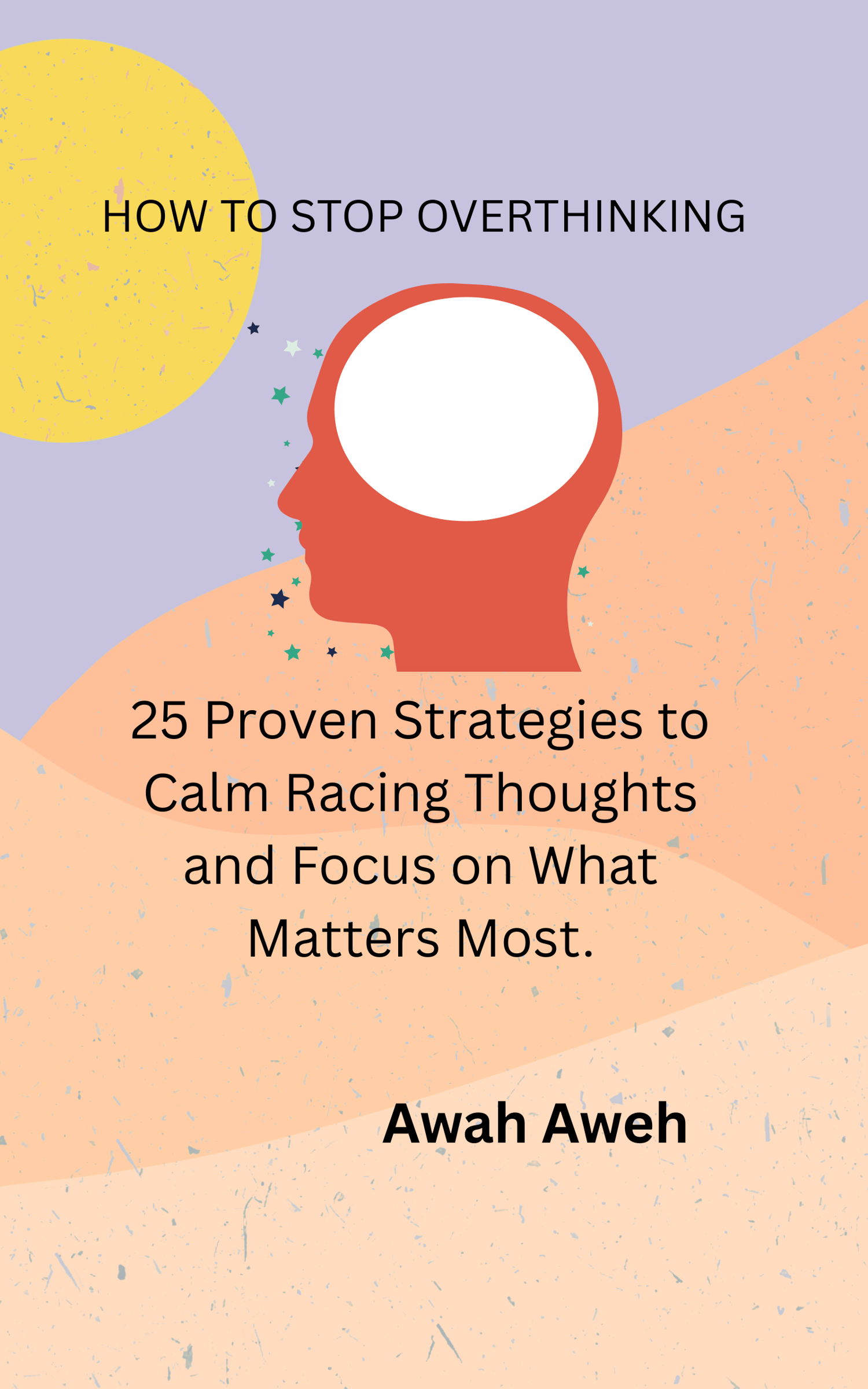Commuting can be stressful. The traffic, the crowd, the delays—it’s easy to get frustrated. But what if your commute could be a peaceful moment in your day? That’s where mindfulness comes in.
It helps you stay calm, present, and even happy while traveling. You don’t need extra time or special tools. Just a shift in mindset.
Here’s how to do it.
1. Start Before You Step Out
Mindfulness begins before you even leave your home.
- What to do: Take a deep breath before stepping out.
- When to do it: Right before opening your door or starting your engine.
- How to do it: Close your eyes, inhale deeply for four seconds, hold for two, and exhale slowly for six. This sets a calm tone for your journey.
2. Walk with Awareness
If you walk to your bus stop or train station, this is a great moment to practice mindfulness.
- What to do: Pay attention to each step.
- When to do it: As you walk.
- How to do it: Feel your feet touching the ground. Notice the air, the sounds, and your own breathing. Walk a little slower if you can.
3. Tune into Your Breath on Public Transport
Buses and trains can be noisy and crowded. But your breath is always with you.
- What to do: Focus on your breathing.
- When to do it: When you find a seat or stand still.
- How to do it: Breathe in for four seconds, hold for two, and breathe out for six. Repeat for a few minutes. This calms your mind and body.
4. Use Red Lights as Reminders
If you drive, red lights can be annoying. But they’re also a great mindfulness tool.
- What to do: Take a mindful pause.
- When to do it: Every time you stop at a red light.
- How to do it: Instead of getting frustrated, take a slow breath. Feel your hands on the wheel, your feet on the pedals. Let go of tension.
5. Listen with Purpose
Most people listen to music or podcasts while commuting. You can make this a mindful experience.
- What to do: Really listen.
- When to do it: While playing a song or podcast.
- How to do it: Focus on the details—the instruments, the lyrics, or the speaker’s tone. Don’t just let the sound play in the background.
6. Observe Without Judgment
Commuting means being around many people. Instead of feeling annoyed, turn this into a mindfulness exercise.
- What to do: Observe without reacting.
- When to do it: When you notice something that would normally bother you.
- How to do it: If someone is loud or rude, just notice it. Don’t label it as “bad.” Just see it for what it is—a person being themselves. This reduces stress and frustration.
7. Feel Your Surroundings
Your commute is full of small sensations you usually ignore.
- What to do: Notice physical sensations.
- When to do it: Anytime during your commute.
- How to do it: Feel the seat under you, the temperature of the air, or the vibration of the vehicle. Engaging your senses keeps you present.
8. Express Gratitude
Commuting can be a great time to feel grateful.
- What to do: Think of things you appreciate.
- When to do it: Near the end of your commute.
- How to do it: List three things in your mind. They can be small—a good cup of coffee, a friendly smile, or even just having a way to get where you need to go.
9. Arrive Mindfully
How you end your commute affects the rest of your day.
- What to do: Transition with intention.
- When to do it: Right before stepping into your workplace or home.
- How to do it: Pause for a moment before opening the door. Take a breath. Smile. Step in with awareness.
Final Thoughts
Mindful commuting doesn’t mean changing your route. It means changing how you experience it. A few small shifts in attention can turn a stressful ride into a peaceful part of your day. Try these tips one at a time and see how they make a difference.
Enjoyed this? Support more content like this here.
Want to stay happy and inspired? Check out my eBooks at Life Changing Reads.
I've crafted a conversational and easy-to-follow blog post on practicing mindfulness while commuting. Let me know if you'd like any tweaks!














.jpg)
.png)
No comments:
Post a Comment